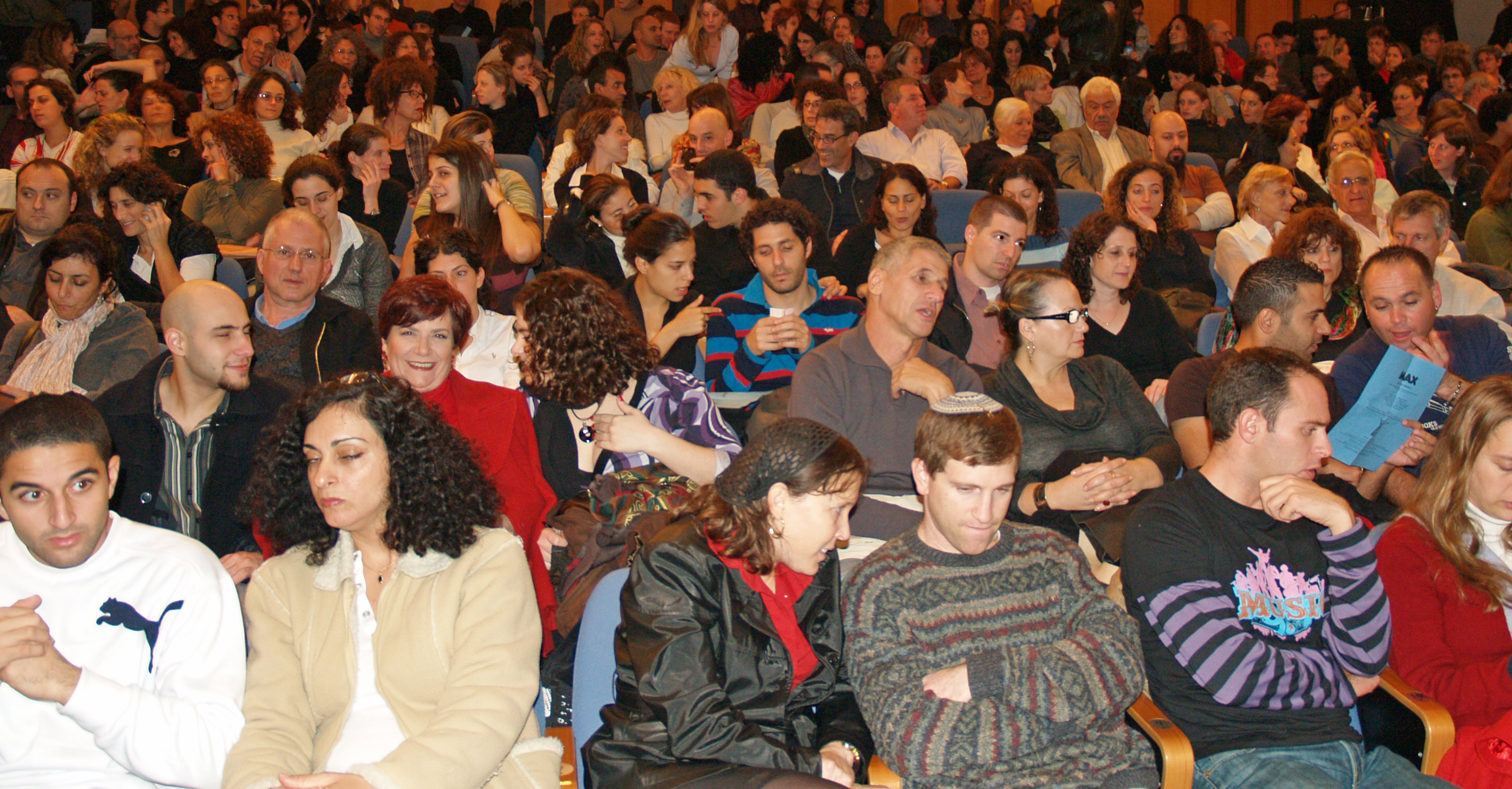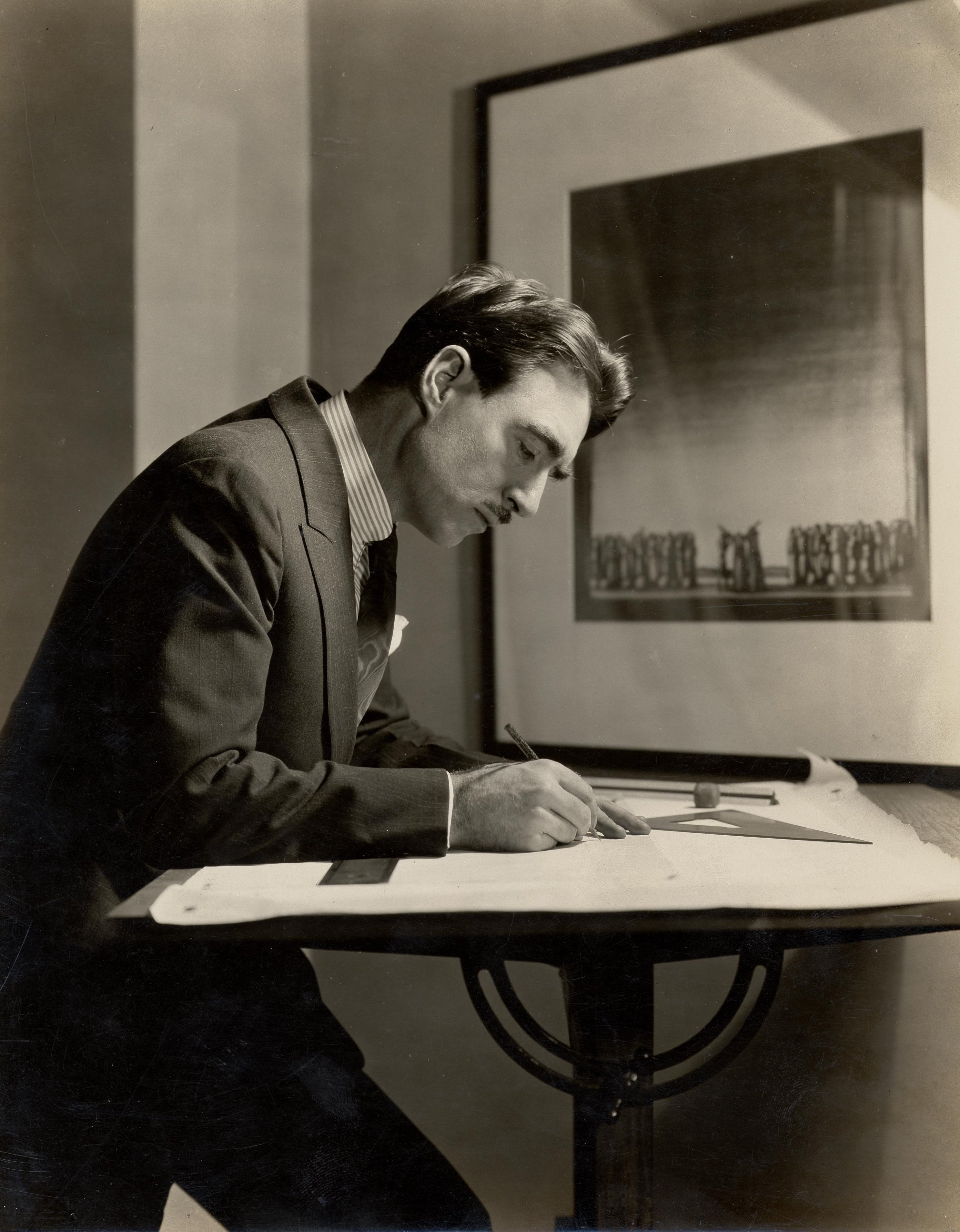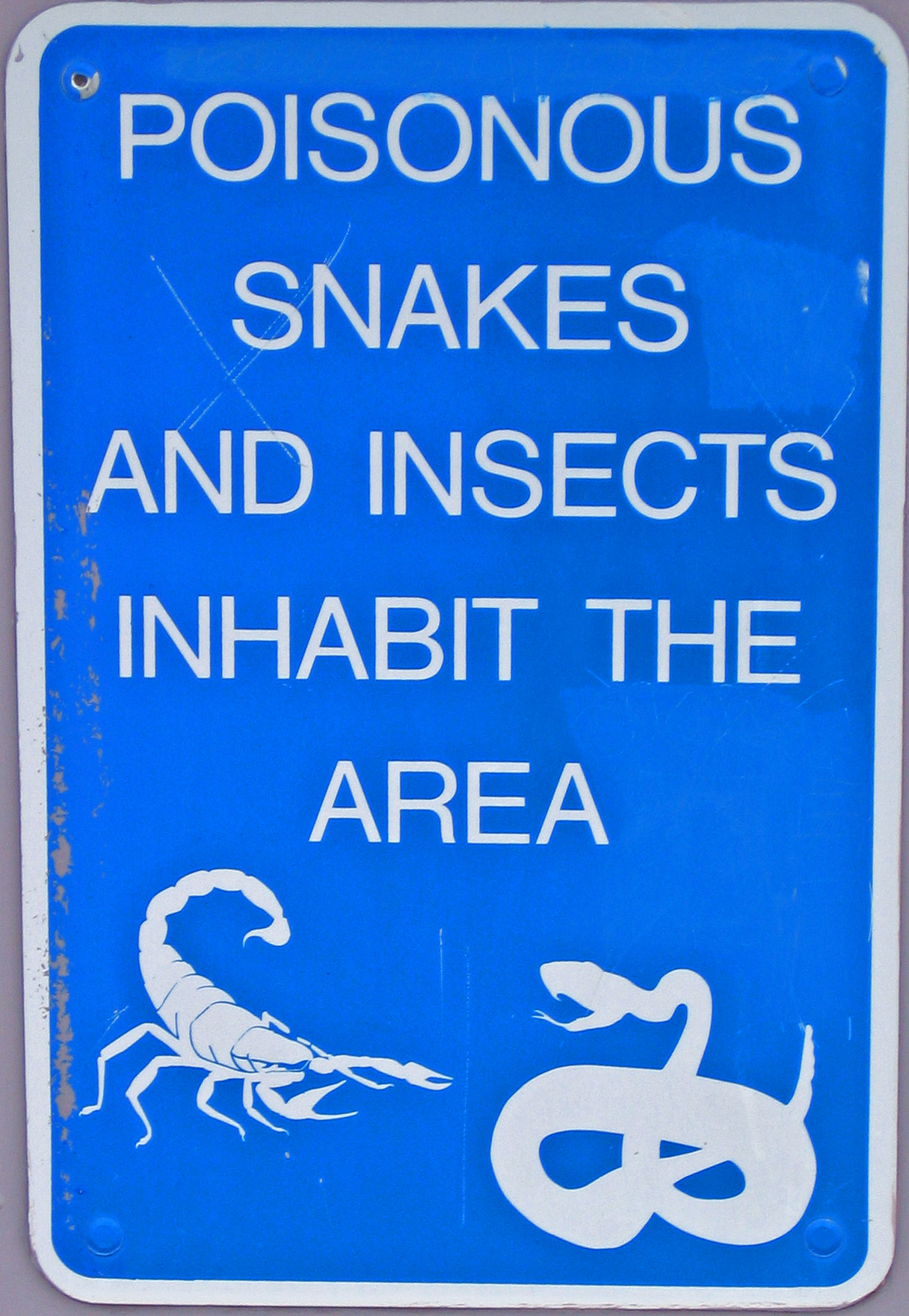|
Theatre Technique
Theatre techniques facilitate presentation of performances by actors. Improvisational theatre techniques involve spontaneous enactments of stories on the spot. The playwright's craft Theatre technique is part of the playwright's creative writing of drama, as a kind of mimesis rather than mere illusion or imitation of life, in that the playwright is able to present a reality to the audience that is different, yet recognisable to that which they usually identify with in their everyday lives. Another aspect of this is that of creating the kind of dialogue that makes the playwright's characters come alive and allows for their development in the course of his dramatization. The playwright's art also consists in the ability to convey to the audience the ideas that give essence to the drama within the frame of its structure. Finally, the feeling for the natural divisions of a play—including acts, scenes, and changes of place—its entries and exits, and the positioning of the cast ... [...More Info...] [...Related Items...] OR: [Wikipedia] [Google] [Baidu] |
Playwright
A playwright or dramatist is a person who writes play (theatre), plays, which are a form of drama that primarily consists of dialogue between Character (arts), characters and is intended for Theatre, theatrical performance rather than just Reading (process), reading. Ben Jonson coined the term "playwright" and is the first person in English literature to refer to playwrights as separate from Poet, poets. The earliest playwrights in Western literature with surviving works are the Ancient Greeks. William Shakespeare is amongst the most famous playwrights in literature, both in England and across the world. Etymology The word "play" is from Middle English , from Old English ("play, exercise; sport, game; drama, applause"). The word ''wikt:wwright'' is an archaic English term for a Artisan, craftsperson or builder (as in a wheelwright or Wagon, cartwright). The words combine to indicate a person who has "wrought" words, themes, and other elements into a dramatic form — a play. ... [...More Info...] [...Related Items...] OR: [Wikipedia] [Google] [Baidu] |
Cahoot's Macbeth
''Dogg's Hamlet, Cahoot's Macbeth'' are two plays by Tom Stoppard, written to be performed together. This was not the first time that Stoppard had made use of Shakespearean texts in his own plays or even the first time he had used ''Hamlet'' although the context is far different from that of his earlier ''Rosencrantz and Guildenstern Are Dead''. Stoppard would return to the theme of artistic dissent against the Communist Party of Czechoslovakia in ''Rock 'n' Roll''. It was performed on Broadway for 28 performances and 2 previews at the 22 Steps opening October 3, 1979 and closing October 28, 1979. ''Dogg's Hamlet'' In ''Dogg's Hamlet'' the actors speak a language called Dogg, which consists of ordinary English words but with meanings completely different from the ones normally assigned them. Three schoolchildren are rehearsing a performance of ''Hamlet'' in English, which is to them a foreign language. ''Dogg's Hamlet'' was initially inspired by a scenario proposed by philosopher ... [...More Info...] [...Related Items...] OR: [Wikipedia] [Google] [Baidu] |
Audience
An audience is a group of people who participate in a show or encounter a work of art, literature (in which they are called "readers"), theatre, music (in which they are called "listeners"), video games (in which they are called "players"), or academics in any medium. Audience members participate in different ways in different kinds of art. Some events invite overt audience participation and others allow only modest clapping and criticism and reception. Media audience studies have become a recognized part of the curriculum. Audience theory offers scholarly insight into audiences in general. These insights shape our knowledge of just how audiences affect and are affected by different forms of art. The biggest art form is the mass media. Films, video games, radio shows, software (and hardware), and other formats are affected by the audience and its reviews and recommendations. In the age of easy internet participation and citizen journalism, professional creators share space, and ... [...More Info...] [...Related Items...] OR: [Wikipedia] [Google] [Baidu] |
Wind
Wind is the natural movement of atmosphere of Earth, air or other gases relative to a planetary surface, planet's surface. Winds occur on a range of scales, from thunderstorm flows lasting tens of minutes, to local breezes generated by heating of land surfaces and lasting a few hours, to global winds resulting from the difference in absorption (electromagnetic radiation), absorption of solar energy between the climate zones on Earth. The study of wind is called anemology. The two main causes of large-scale atmospheric circulation are the differential heating between the equator and the poles, and the rotation of the planet (Coriolis effect). Within the tropics and subtropics, thermal low circulations over terrain and high plateaus can drive monsoon circulations. In coastal areas the sea breeze/land breeze cycle can define local winds; in areas that have variable terrain, mountain and valley breezes can prevail. Winds are commonly classified by their scale (spatial), spatial ... [...More Info...] [...Related Items...] OR: [Wikipedia] [Google] [Baidu] |
Thunderstorm
A thunderstorm, also known as an electrical storm or a lightning storm, is a storm characterized by the presence of lightning and its acoustics, acoustic effect on the Earth's atmosphere, known as thunder. Relatively weak thunderstorms are sometimes called thundershowers. Thunderstorms occur in cumulonimbus clouds. They are usually accompanied by strong winds and often produce Heavy rain (meteorology), heavy rain and sometimes Thundersnow, snow, Ice pellets, sleet, or hail, but some thunderstorms can produce little or Dry thunderstorm, no precipitation at all. Thunderstorms may thunderstorm training, line up in a series or become a rainband, known as a squall line. Strong or #Severe thunderstorms, severe thunderstorms include some of the most dangerous weather phenomena, including large hail, strong winds, and tornadoes. Some of the most persistent severe thunderstorms, known as supercells, rotate as do cyclones. While most thunderstorms move with the mean wind flow thr ... [...More Info...] [...Related Items...] OR: [Wikipedia] [Google] [Baidu] |
Panorama
A panorama (formed from Greek language, Greek πᾶν "all" + ὅραμα "view") is any Obtuse angle, wide-angle view or representation of a physical space, whether in painting, drawing, photography (panoramic photography), film, seismic images, or 3D modeling. The word was coined in the 18th century by the English (Irish people, Irish descent) painter Robert Barker (painter), Robert Barker to describe his panoramic paintings of Edinburgh and London. The motion-picture term Panning (camera), ''panning'' is derived from ''panorama''. A panoramic view is also purposed for multimedia, cross-scale applications to an outline overview (from a distance) along and across repositories. This so-called "cognitive panorama" is a panoramic view over, and a combination of, cognitive spaces used to capture the larger scale. History The device of the panorama existed in painting, particularly in murals, as early as 20 A.D., in those found in Pompeii, as a means of generating an immersive ... [...More Info...] [...Related Items...] OR: [Wikipedia] [Google] [Baidu] |
Stagecraft
Stagecraft is a technical aspect of theatrical, film, and video production. It includes constructing and rigging scenery; hanging and focusing of lighting; design and procurement of costumes; make-up; stage management; audio engineering; and procurement of props. Stagecraft is distinct from the wider umbrella term of scenography. Considered a technical rather than an artistic field, it is primarily the practical implementation of a scenic designer's artistic vision. In its most basic form, stagecraft may be executed by a single person (often the stage manager of a smaller production) who arranges all scenery, costumes, lighting, and sound, and organizes the cast. Regional theaters and larger community theaters will generally have a technical director and a complement of designers, each of whom has a direct hand in their respective designs. Within significantly larger productions, for example a modern Broadway show, effectively bringing a show to opening night require ... [...More Info...] [...Related Items...] OR: [Wikipedia] [Google] [Baidu] |
Rehearsal
A rehearsal is an activity in the performing arts that occurs as preparation for a performance in music, theatre, dance and related arts, such as opera, musical theatre and film production. It is undertaken as a form of Practice (learning method), practising, to ensure that all details of the subsequent performance are adequately prepared and coordinated. The term ''rehearsal'' typically refers to ensemble activities undertaken by a group of people. For example, when a musician is preparing a piano concerto in their music studio, this is called ''practising'', but when they practice it with an orchestra, this is called a ''rehearsal''. The music rehearsal takes place in a music rehearsal space. A rehearsal may involve as few as two people, as with a small play for two actors, an art song by a singer and piano, pianist or a Folk music, folk duo of a singer and guitarist. On the other end of the spectrum, a rehearsal can be held for a very large orchestra with over 100 performers ... [...More Info...] [...Related Items...] OR: [Wikipedia] [Google] [Baidu] |
Call Board
There are different types of theatres, but they all have three major parts in common. Theatres are divided into two main sections, the house and the stage; there is also a backstage area in many theatres. The house is the seating area for guests watching a performance and the stage is where the actual performance is given. The backstage area is usually restricted to people who are producing or in the performance. Types of theatres * Arena: A large open door with seating capacity for very large groups. Seating layouts are typically similar to the theatre in the round, or proscenium (though the stage will not have a proscenium arch. In almost all cases the playing space is made of temporary staging (risers) and is elevated a few feet higher than the first rows of audience. * Black box theatre: An unadorned space with no defined playing area. Often the seating is not fixed allowing the room to be re-configured for the demands of a specific production. Typically the seating and perform ... [...More Info...] [...Related Items...] OR: [Wikipedia] [Google] [Baidu] |
Safety
Safety is the state of being protected from harm or other danger. Safety can also refer to the control of recognized hazards in order to achieve an acceptable level of risk. Meanings The word 'safety' entered the English language in the 14th century. It is derived from Latin , meaning uninjured, in good health, safe. There are two slightly different meanings of "safety". For example, " home safety" may indicate a building's ability to protect against external harm events (such as weather, home invasion, etc.), or may indicate that its internal installations (such as appliances, stairs, etc.) are safe (not dangerous or harmful) for its inhabitants. Discussions of safety often include mention of related terms. Security is such a term. With time the definitions between these two have often become interchanged, equated, and frequently appear juxtaposed in the same sentence. Readers are left to conclude whether they comprise a redundancy. This confuses the uniqueness that ... [...More Info...] [...Related Items...] OR: [Wikipedia] [Google] [Baidu] |
Running Crew
In theatre, the running crew (also run crew) are members of the technical crew who supervise and operate ("run") the various technical aspects of the production during a performance. While the "technical crew" includes all persons other than performers involved with the production, such as those who build and take down the sets and place the lighting, the term "running crew" is generally limited to those who work during an actual performance. The term is typically not applied to crew or department heads, although there are exceptions. The running crew may include performers if they also function in technical capacities while offstage. Crew positions A typical running crew will include any or all of the following positions, depending on the nature and size of the production, and the complexity of the technical requirements. Each position is organized by the most common title; depending on the country, type of production, and producing organization, different titles may be used for t ... [...More Info...] [...Related Items...] OR: [Wikipedia] [Google] [Baidu] |
Actor
An actor (masculine/gender-neutral), or actress (feminine), is a person who portrays a character in a production. The actor performs "in the flesh" in the traditional medium of the theatre or in modern media such as film, radio, and television. The analogous Greek term is (), literally "one who answers".''Hypokrites'' (related to our word for Hypocrisy, hypocrite) also means, less often, "to answer" the Tragedy, tragic Greek chorus, chorus. See Weimann (1978, 2); see also Csapo and Slater, who offer translations of classical source material using the term ''hypocrisis'' (acting) (1994, 257, 265–267). The actor's interpretation of a rolethe art of acting pertains to the role played, whether based on a real person or fictional character. This can also be considered an "actor's role", which was called this due to scrolls being used in the theaters. Interpretation occurs even when the actor is "playing themselves", as in some forms of experimental performance art. Formerly, in an ... [...More Info...] [...Related Items...] OR: [Wikipedia] [Google] [Baidu] |








